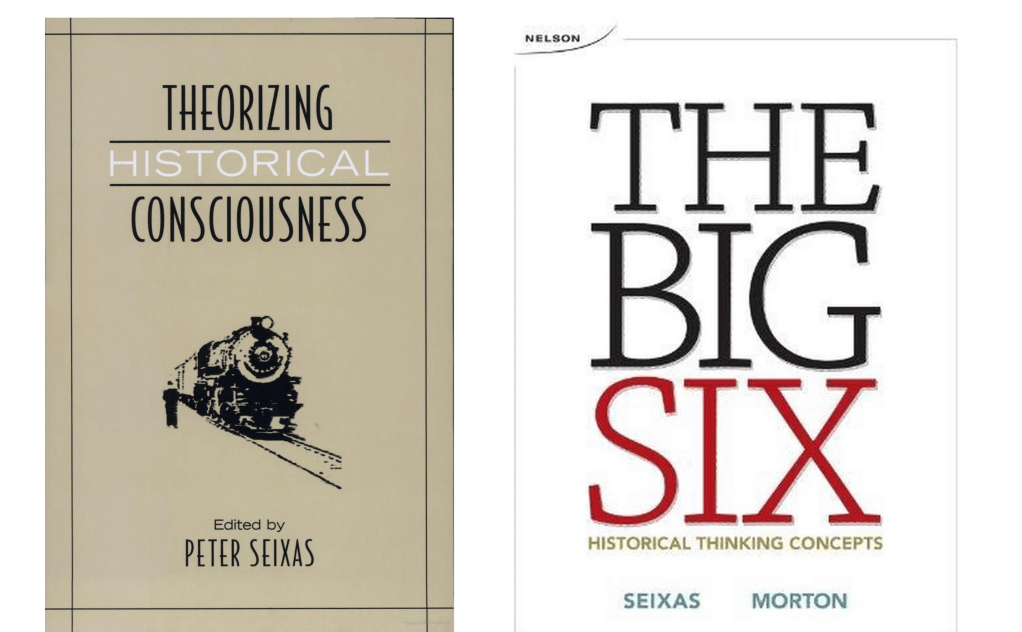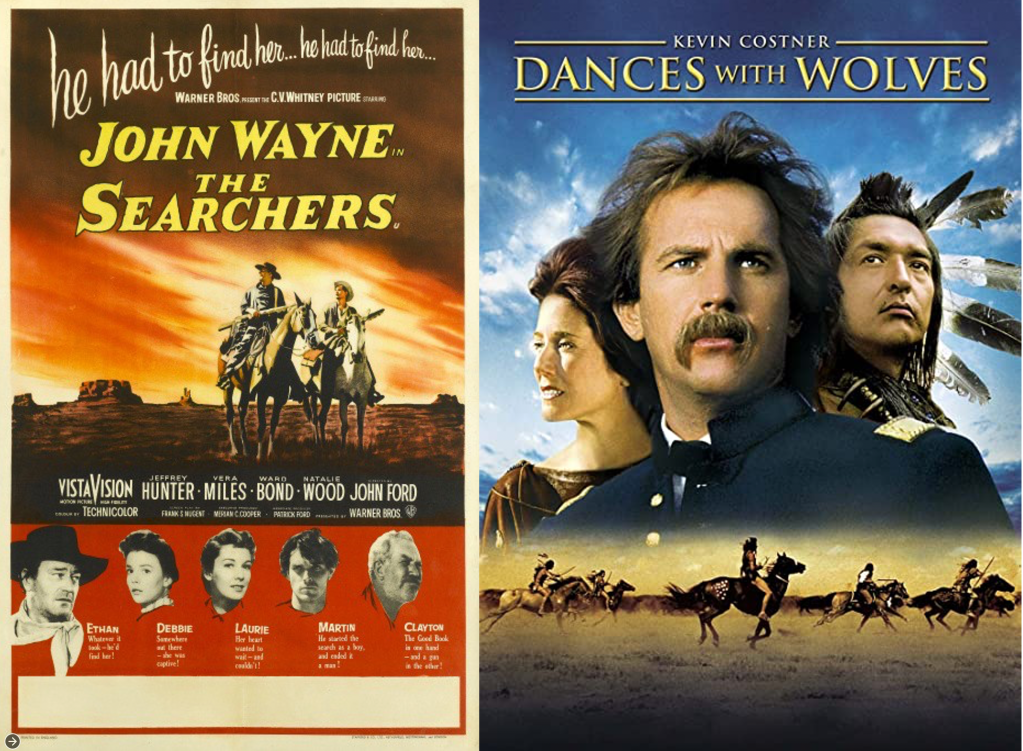It was with great sadness that I learned, last week, that the great history education scholar and educator Professor Peter Seixas would shortly be leaving us, after a long and heroic struggle with cancer over more than a decade.
Peter died yesterday, Sunday the 9th October. Colleagues and friends were invited to share messages with him in the days before he died – the context for the message that I am posting here.
I’m reposting my message to Peter here as a tribute to him and opportunity to celebrate aspects of his work.
I have added hyperlinks to the items mentioned in my letter and corrected some minor errors.

Dear Peter,
My good friend Lindsay Gibson tells me that you will be leaving us this Sunday. I am greatly saddened to hear this – a world without your example is a poorer world for us all in history education, and, of course the more so for all who know you.
I am heartened, however, by the opportunity that this sad news gives me to salute you as a scholar and an inspiration, and to thank you for your work. So often, there isn’t the opportunity to do this when we lose somebody, and I’m deeply grateful for the opportunity. When we no longer have you, we – and all those who seek to continue and to deepen traditions of humane learning – will still have your work. It is a towering achievement and surely the richest and most multifaceted body of history education research and reflection I know.

Peter Lee – to whom I am forever grateful for so much – introduced me to your work in the late 1990s when I was beginning my doctoral studies with him at the Institute of Education, and when I was beginning to think systematically about historical interpretation (or ‘accounts’ as we sometimes call that). Your classic paper analysing and comparing kids’ responses to The Searchers and Dances With Wolves as representations was vital in helping me get started and, I expect, I need now to return to it to see what further inspiration it can give. That paper helped restructure my thinking about interpretation in many ways – not least in prompting me to consider hermeneutic questions and the assumptions that viewers bring to the worlds they construe. It also helped me reflect on my practice, since I was still, then, a history teacher and head of history with classes of history students to teach. I had never properly considered the power, and the challenges, of working with changing non-disciplinary interpretations and representations before reading that paper. The paper was a game changer. It also focused me on getting my students to think about the importance of the moment of interpretation, and the discourses and genres available at that time, in shaping how (hi)stories are told. In addition, the paper resonated with me personally, as a consumer of (hi)stories. The Searchers had terrified me – in a fascinated way – when I watched it on TV as a child in the early 1970s: it seemed to come from an over-drawn, hate-filled and rather lurid (technicolour) world. I had never made the connection with the themes explored, so very differently, in Dances With Wolves until I read your paper, and it was really powerful to reflect on historicity and how and why the ‘presents’ expressed through both films were so different. I watched Dances With Wolves again last week – it just turned-up as a recommendation and that recalled your paper to mind, again. It struck me, watching it, just how far historicity has shifted since the film came out. In the early 90s, Dances With Wolves seemed very much of the moment, but it looked, last week, like a message from a more innocent world – pre-Trump, pre-Charlottesville, pre-Putin, pre-Bolsonaro, pre-Brexit. Not for the first time since 2016, I was left feeling nostalgic for ‘futures past’.

Peter Lee also introduced me to your work on historical consciousness, just when your impactful and world-leading Centre at UBC was being set up around 2001. Again, I owe Peter more than I can express for doing that. The thinking you brought together for the Centre’s launch, which I followed at a distance in my reading, became foundational for the work I have done since. I confess that Jörn Rüsen gave me a headache when I first started reading him – I’m made of stronger stuff now and can now cope. Your 2004 paper with Penny Clark on kids’ responses to the troubling representations of First Nations in the murals in the British Columbia Legislative Buildings, on the other hand, was immediately clear to me and has resonated with so many of the things I have worked on since. Like your paper on reading films, this one was a superb model of how to do empirical work well in history education. It also brought theory and empirical data into interaction in inspiringly productive ways. It helped raise my game – I hope – as an empirical researcher, then. More importantly, perhaps, it broadened my thinking about why history education might matter – and how – and about what we might achieve in history education with and for the kids we work with. Thinking about how we are encouraging kids to think about the past became a vital task for me and your work with Penny, bridging Nietzche and Rüsen, provided some very powerful concepts for that. Were we, for example, encouraging identification through history education – eliding the differences between past and present in troubling ways? Were we, perhaps, encouraging critical approaches that treated the past as an object that we might judge, comfortably, from the comfort of our ‘superior’ now? Were we, alternatively, thinking historically about the past and about the moments at which representations were made and consumed, and were we doing so in ways that helped kids reflect on the interactions between past, present and future in cognitively responsible ways? These remain vital questions and, if anything, have become so much more important in recent years when the public past has become – rightly – such a central topic of challenge, revision and contestation.

Your work on the ‘Big Six’ historical thinking concepts has also been vital for my thinking and practice as a history educator, and it has been my pleasure and privilege to discuss this work in many parts of the world – Kazakhstan, Armenia, Brazil and Lebanon, for example – over the last decade. Your summary expositions of these concepts – online, through the impressive resource banks that your Centre created, through The Big Six book and, also, through your remarkable chapter on them in Joined Up History – has been so very useful for so many of us, as has your modelling of how we might put these concepts to work in planning for progression in historical understanding. The model has also been very powerful in helping me think about how history is configured in curricula in different contexts. ‘Why is taking an ‘ethical perspective’ so central in Canada and backgrounded or absented in England?’, I have often wondered. I was debating this very question earlier this week, using your visual model that puts the ethical perspective front and centre in the ‘history head’, with student teachers in Leeds and London. It is hard to think of a book that I have recommended my students to consult so frequently in our library at IOE since 2014, and I know that it has been vital for my colleagues in London and more widely also. Thank you for this work, on behalf of all my colleagues and students.

Finally, I can’t reflect on the power of your work for me without mentioning the impact of your dialogue with Andreas Körber, on translation and its discontents in 2016. You were so generous in sharing that paper ahead of publication and I was humbled to be asked to comment on relations between ‘interpretations’ and ‘accounts’: thank you! I don’t recall what I said but I hope it was helpful. What struck – and continues to strike – me about the paper was the scholarly virtues and generosity that it embodied. In the paper, you reflected on the limitations of US and Canadian approaches to history education, pointing to ways in which German traditions might complement and enhance them. You were also very generous in pointing to the features of historical sense making – highllighted in Project CHATA work on accounts and in my work on interpretations – that Canadian and American traditions of research had underplayed, sometimes confused, or simply not addressed. Thank you! I’ve noted, in the last year or so in particular, very encouraging new work emerging from Canada and from the US on these issues and I can’t help but think that this is your influence working through in positive ways, yet again. I found this paper a tremendous encouragement and I hope to use it to drive new work on interpretation in the coming years, in dialogue with US and Canadian work and – if I have the skill – with German work on ‘deconstruction.’
I don’t want to burden you more at this time with a long message, so I’ll say no more about the multiple and fundamental ways in which your work has transformed my practice and my research and done good in the history education world more broadly.
I don’t want to end, however, without thanking you for your personal kindness also. I was so thrilled, in 2009 publishing my first co-edited book, when you agreed to look at it and write an endorsement for the publishers: thank you for that encouragement and for your support. I must also thank you for your generosity in commenting on the guide I wrote for senior high history teachers on teaching interpretation in 2015/16. It was a long text and I had doubts about it. Your encouragement and appreciative comments were vital in helping me revise and finish the text. I also introduced reflecting on historicity as a vital consideration in my introduction to the text at your suggestion – thank you for making that vital point.
Vale, Peter, and profound thanks. I have never met you personally, but I am forever in your debt. I know that this is true also for so many history educators here in England – and for our students from around the world to whom we introduce your work. You will continue to be a beacon, inspiration, and model for us all as we try to move forward in uncertain times.
I will continue to think with you – I hope – as long as I continue to think.
Warm regards and appreciation in sorrow and in hope.
Arthur
A link to Peter Seixas’ profile at the University of British Columbia.

A fitting and compelling tribute to the doyen of Canadian historical thinking.
LikeLike
Thanks Paul – a privilege to have the opportunity to engage with such a great history educator: an inspiring figure and scholar.
LikeLike